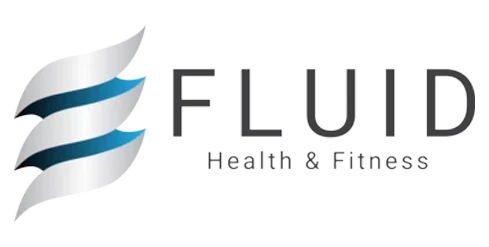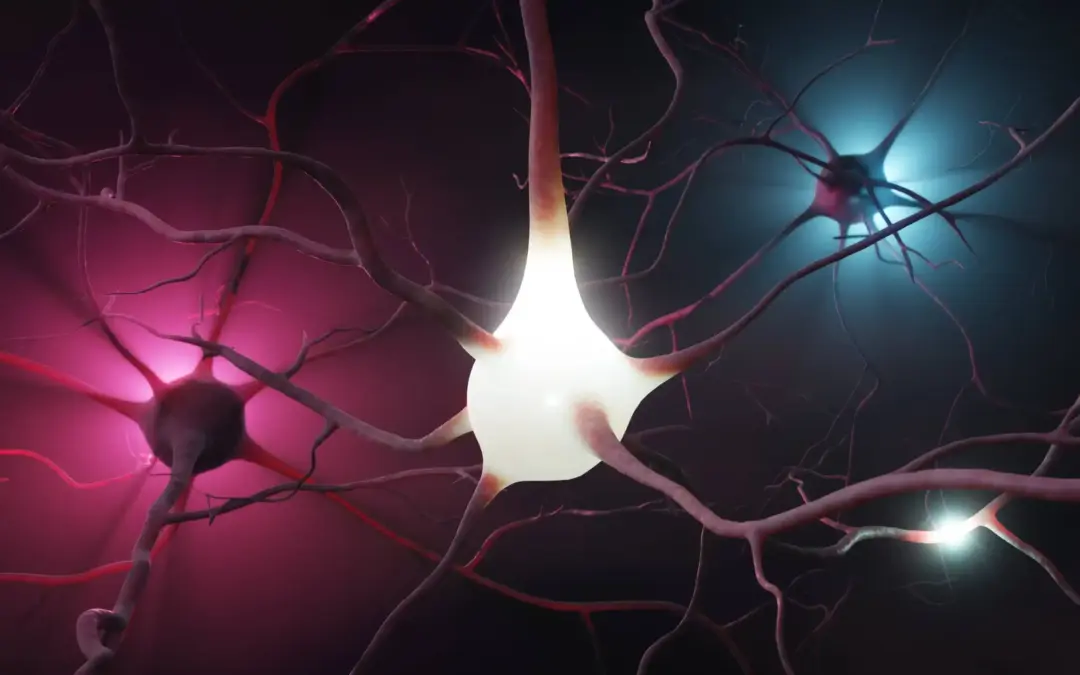
At Fluid Health and Fitness, every program begins with a fundamental belief: quality movement is not trained—it is restored through a structured progression grounded in developmental science, biomechanics, and neuromuscular control.
This blog explores how Fluid utilizes Dynamic Neuromuscular Stabilization (DNS), environmental organization, and the AMP (Anticipatory Motor Programming) model within our “Assess, Address, Achieve” framework to build movement capacity from the ground up. We integrate principles of cephalocaudal (head-to-toe) and proximal-to-distal (core-to-extremity) biomechanics to reestablish stability, mobility, and coordinated function. Through this lens, our system bridges early motor development with adult performance to support sustainable, pain-free movement.
Human movement is not random. It follows a predictable neuromuscular and biomechanical sequence observable from infancy—rolling, crawling, standing, walking. These stages encode the blueprint for coordination and control. Disruption at any point, whether from injury, chronic compensation, or poor training strategies, impairs efficiency and loads the body unevenly. Fluid Health and Fitness restores these foundational sequences using:
- Dynamic Neuromuscular Stabilization (DNS): Leveraging neurodevelopmental postures to retrain central stability.
- Environmental Organization: Structuring the training environment to facilitate optimal sensory input, proprioception, and gravitational interaction.
- Anticipatory Motor Programming (AMP): Creating feed-forward neuromuscular strategies that stabilize joints before movement even begins.
- Assess, Address, Achieve Framework: A staged clinical and performance model that ensures we evaluate, correct, and reinforce quality movement patterns.
Core Concepts
Developmental Kinesiology and DNS
DNS draws from the natural progression of motor development, utilizing the positions and movement patterns seen in the first 18 months of life to restore motor control in adults. This strategy targets:
- Cephalocaudal Control: Establishing head and neck alignment before progressing to lower trunk and limbs.
- Proximal Stability: Core and trunk stability as a prerequisite for limb mobility.
- Intersegmental Coordination: Improving how joints work together through integrated stability and mobility.
DNS Implementation Example:
- Supine breathing and head control (0–3 months) transitions to prone support and rolling (3–6 months), then crawling (6–9 months) and finally upright stance and gait (12–18 months). Each position builds on the prior, reinforcing foundational control.
Environmental Organization: The Training Ground as a Neurological Stimulus
How we position the body relative to gravity, load, and sensory input affects motor learning. Fluid strategically organizes the environment to:
- Encourage closed-chain, weight-bearing activities for joint centration and trunk activation.
- Reduce sensory noise to enhance proprioceptive accuracy.
- Promote functional transitions between developmental positions to facilitate natural motor learning.
Anticipatory Motor Programming (AMP): Feed-Forward for Functional Efficiency
While DNS uses postural templates to restore capacity, AMP ensures movement readiness through predictive neuromuscular control. Rather than reactively correcting movement, AMP trains the body to anticipate and stabilize before movement occurs. This process is essential for:
- Postural efficiency in dynamic tasks.
- Joint protection during high-load activities.
- Energy conservation via optimized motor unit recruitment.
Example: In a lunge, AMP facilitates co-contraction around the hip, knee, and trunk before stepping, preventing collapse and preserving alignment.
The Assess, Address, Achieve Framework
This structured methodology guides every client journey:
- Assess: We analyze movement using developmental positions, gait, load response, and kinetic chain function to identify asymmetries or breakdowns in proximal-to-distal control.
- Address: Interventions include DNS-based regressions, positional isometrics, myofascial release, and trunk-centered loading to correct dysfunction.
- Achieve: We progressively reintroduce dynamic, functional patterns using AMP-driven strategies to build resilience and performance.
Application: Building from Center Out
At Fluid, all programming respects the principle that movement develops from the inside out and top down:
| Principle | Description | Practical Application |
|---|---|---|
| Cephalocaudal Control | Head-to-toe development and movement refinement | Prioritize cervical alignment and diaphragmatic breathing before gait work. |
| Proximal-to-Distal Load | Trunk-to-limb control to prevent joint overload | Train core stabilization before shoulder or knee loading. |
| Closed-Chain Stability | Fixed contact for greater neuromuscular integration | Use squats, crawling, and planks before open-chain drills. |
| Feed-Forward Coordination | Pre-activation of stabilizers before movement occurs | Cue isometric holds before dynamic actions to enhance control. |
Ongoing movement refinement is essential for sustaining gains. Our approach includes:
- Reassessment every 4–6 weeks to detect regressions or compensation.
- Integrated strength training that maintains DNS principles while adding complexity.
- Client education on how trunk engagement, breathing mechanics, and anticipatory control apply to everyday tasks.
Conclusion: A Neurodevelopmental Roadmap to Resilient Movement
Fluid Health and Fitness doesn’t guess. We restore. By uniting DNS, environmental design, and AMP within the Assess-Address-Achieve system, we build a continuum of control—from reflexive core stability to integrated dynamic performance. Through cephalocaudal and proximal-to-distal biomechanics, we rewire the system to move efficiently, anticipate load, and resist injury. The result is not just exercise—it’s restoration, resilience, and readiness for life.



